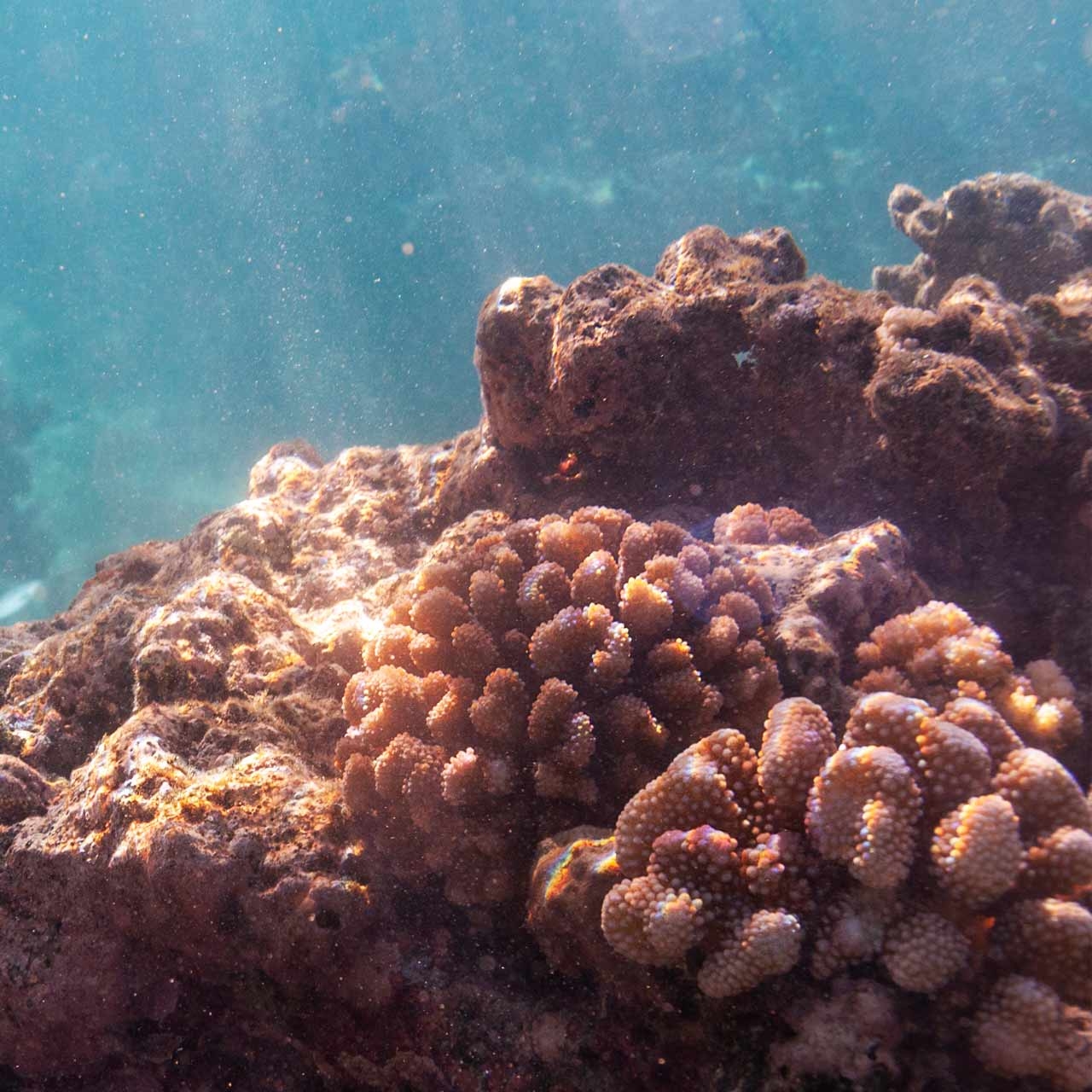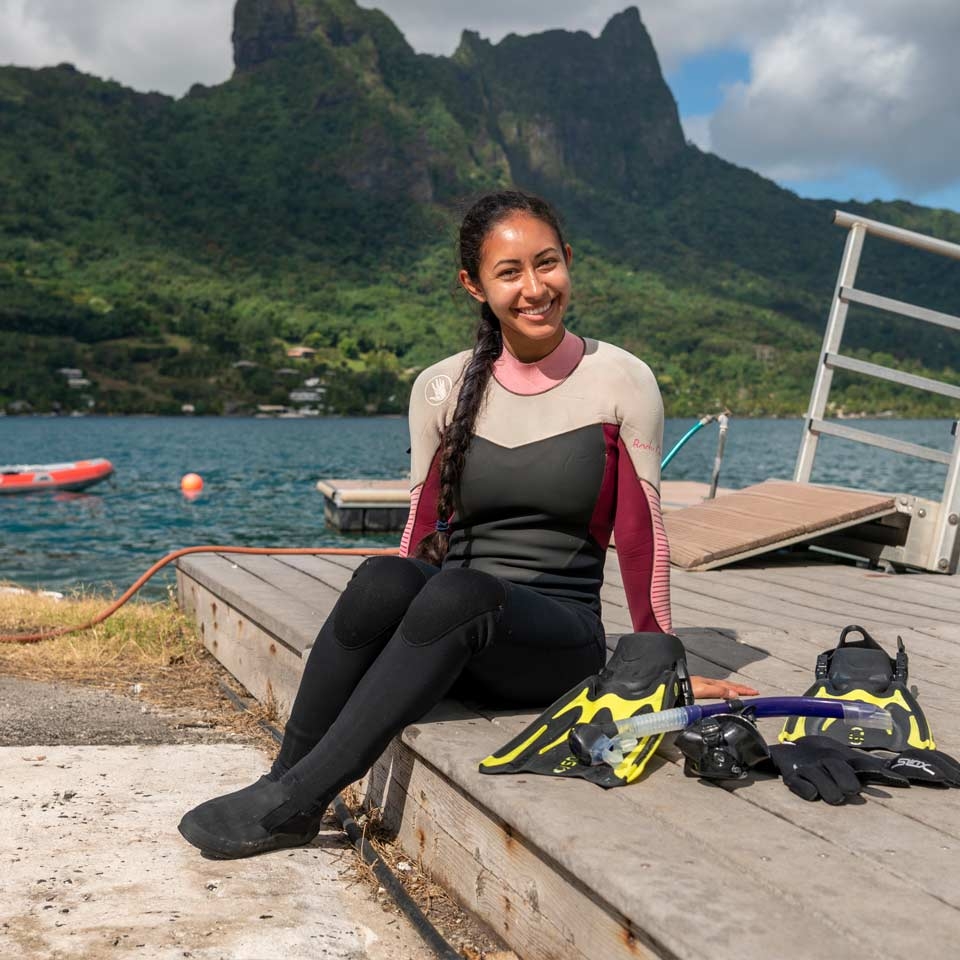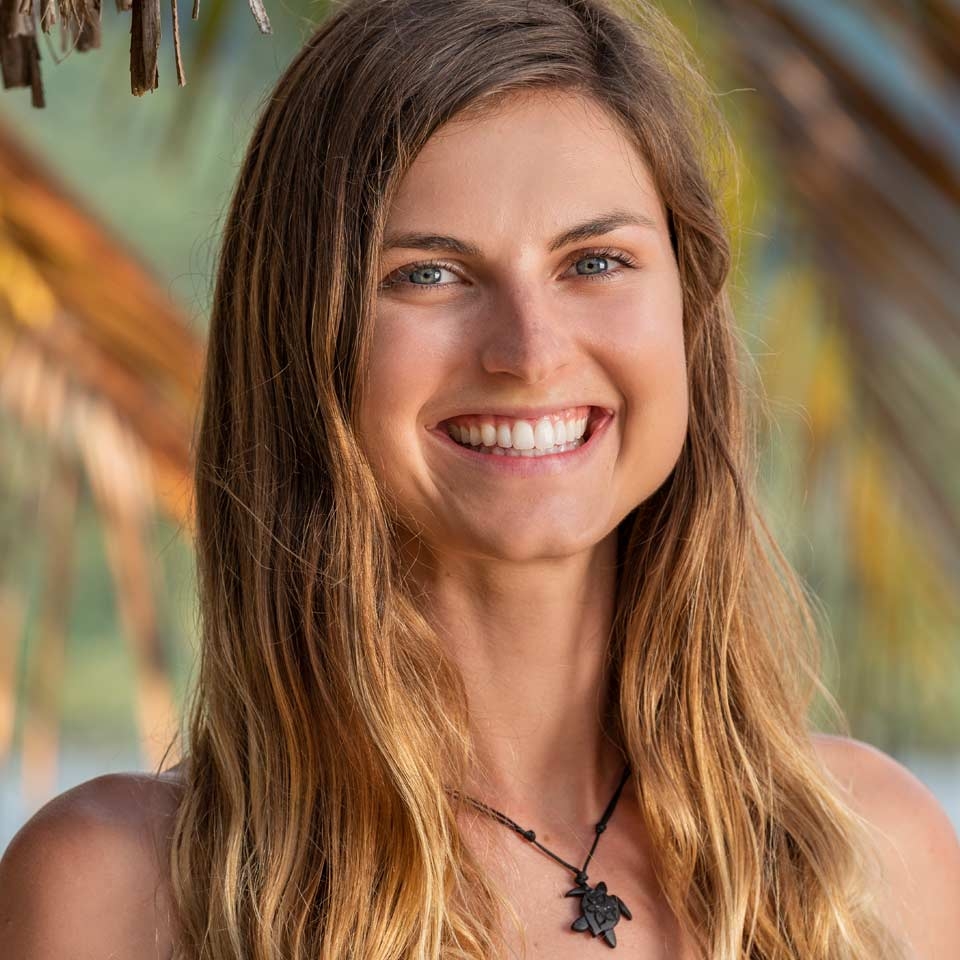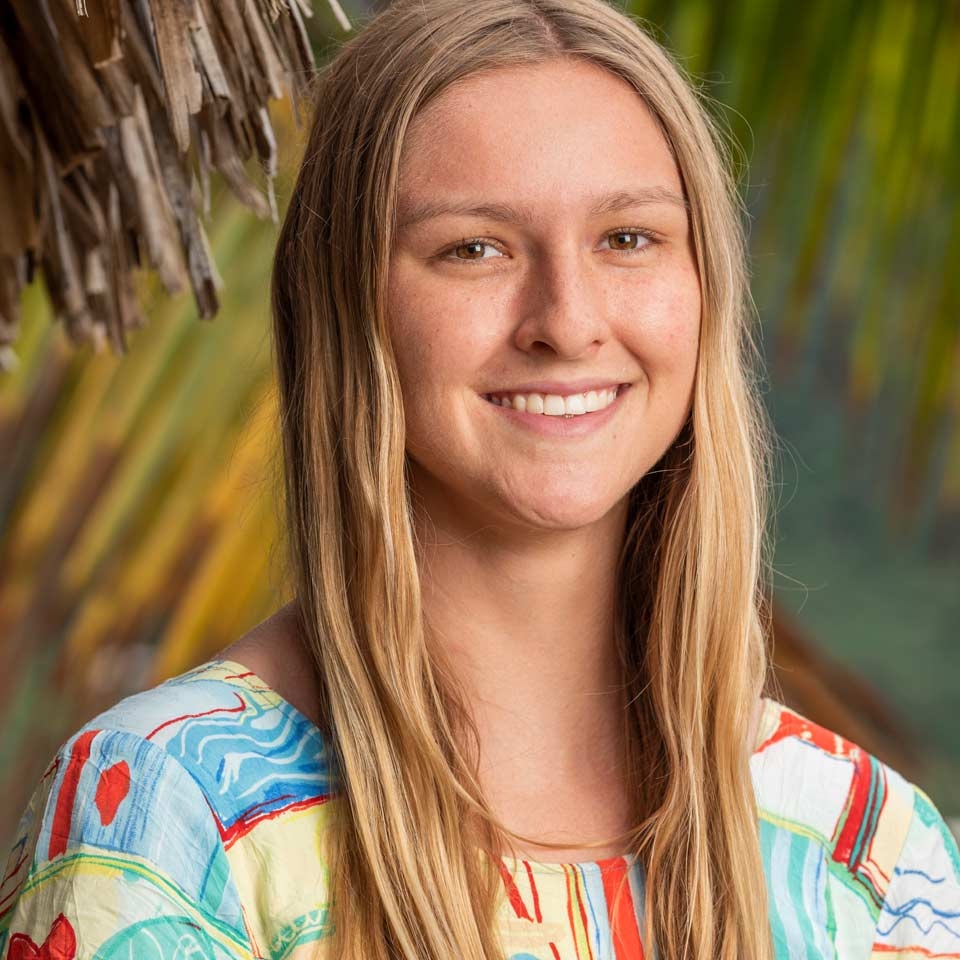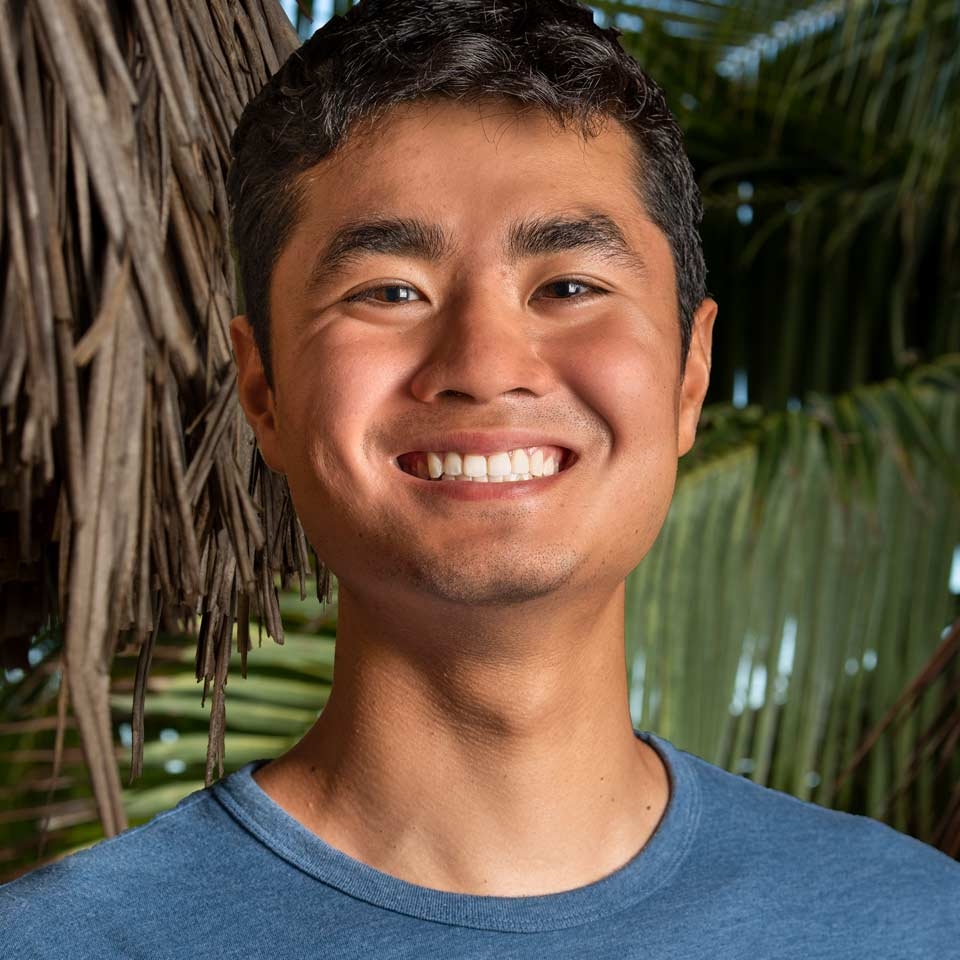
Ecological physiologist Erika Eliason is studying how global climate change and increasing water temperatures are affecting fish populations and their ability to thrive. Like all animals, they have an optimal temperature range. An uptick of even a few degrees significantly impacts their wellbeing and in turn that of coral. “We’re trying to understand the mechanism behind that,” said Eliason.

Coral reefs are one of the most diverse ecosystems on the planet, according to marine biologist Deron Burkepile, and he and his team are studying factors that impact coral reef health. They’re focusing on coral bleaching, a process driven by rising sea surface temperatures, but made worse by nutrient pollution and sewage that make their way into the ocean. “One of the things we’re trying to understand is how humans can change their behavior in order to help coral reefs recover and even thrive.”

Bren School of Environmental Science & Management professor Hunter Lenihan studies coral reef community ecology as well as collaborative fisheries management. For the former, Lenihan measures the long-term changes in coral populations and uses the information to create models that provide insight into coral communities in the future. Lenihan also works with local fishing communities in Mo’orea to understand how their activities impact different fish populations and how they can adapt to support sustainable catches through time.

Agricultural development has a tremendous impact on coral reefs, especially in the shallow waters of the lagoons surrounding Mo’orea. The removal of trees from large swaths of land for planting creates a lot of loose dirt. When the rains come, the dirt flows into the bays and out to the lagoon where it harms the corals in a number of ways. The turbid, murky water impedes sunlight, so the algal cells can’t photosynthesize properly. In addition, the sediment can coat the corals and virtually smother them, and the fertilizers that benefit plants on land can wreak havoc on corals, making them stressed and possibly more vulnerable to bleaching.

The coral reefs around Mo’orea present a unique learning opportunity for marine scientists. Time and again, the reefs have been severely impacted by disturbances such as tropical storms, predator outbreaks and, more recently, bleaching events. And yet they have shown tremendous resilience, with many rebounding over the course of 10 years or so. Unfortunately, that has not been the case in other parts of the world where similar events have taken place. Researchers studying Mo’orea’s coral reef are seeking to understand the factors that contribute to its resilience and to glean insights into reef recovery that might be applied in other areas.
